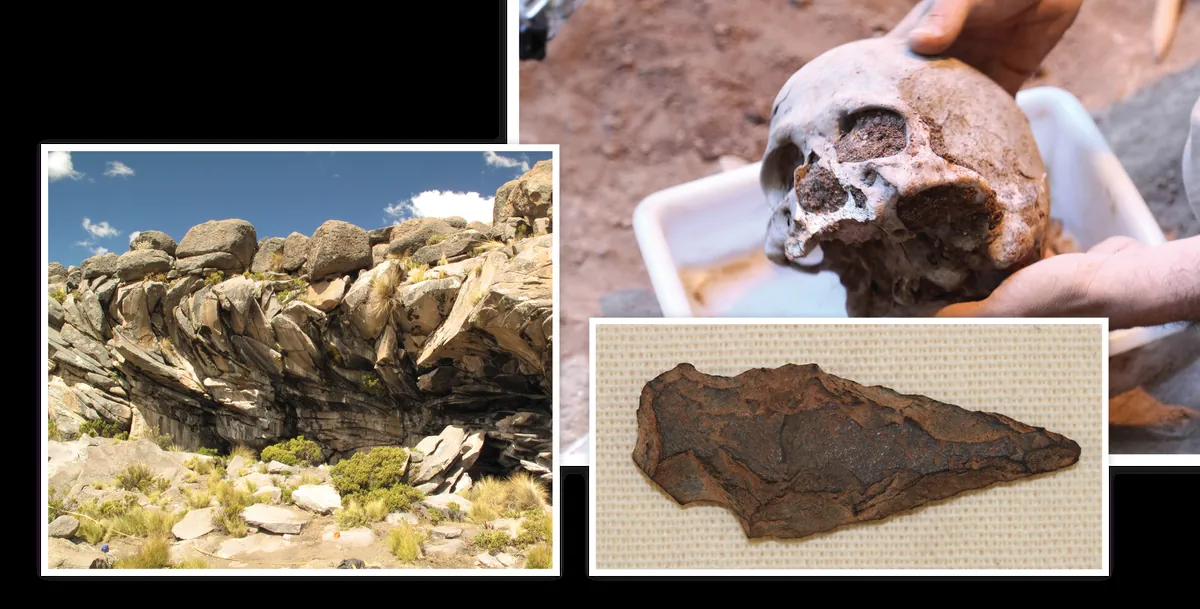In a remarkable discovery, paleontologists have unearthed the fossilized remains of three mastodons in the Peruvian Andes, shedding light on the prehistoric inhabitants of South America. The excavations, which commenced in 2019, have revealed specimens estimated to be 13,000-14,000 years old, based on current dating methods.
The fossils were located in the Chambara valley, situated approximately 300 kilometers east of Lima. This finding has sparked intrigue among scientists, who are now pondering how these ancient relatives of modern elephants came to inhabit this mountainous region.
Ivan Meza, a paleontologist involved in the project, highlighted the significance of one particular specimen: "One of the discoveries is nearly intact, potentially representing the most well-preserved mastodon in Peru." He added that the potential recovery of the skull and tusks could have substantial scientific implications on both national and global scales.
Mastodons, which roamed the Earth during the Pleistocene epoch from about 2.6 million to 11,700 years ago, were distinct from mammoths despite their similar appearance. These prehistoric creatures had flatter heads and straighter tusks, adapting to a diet primarily consisting of leaves, twigs, and bark. The name "mastodon" itself means "nipple tooth," referring to the distinctive shape of their molar cusps.
The Andes Mountains, where these fossils were found, are the longest continental mountain range globally. Their formation significantly impacted South American climate and ecosystems. Oscar Diaz, a researcher on the project, explained the geological context: "Over time, the Andes mountain range rose and the sea water receded. This area dried up and left lagoons across the Mantaro Valley," providing essential water sources for ancient fauna.
Scientists theorize that these mastodons likely migrated from North America in search of food and water as climate conditions shifted. This aligns with the known distribution of mastodon fossils, which have been found across North and Central America, and parts of South America.
The Pleistocene epoch, during which these mastodons lived, was characterized by dramatic climate fluctuations, including several glacial periods. These changes likely contributed to the eventual extinction of mastodons and many other large Ice Age mammals around 11,700 years ago.
Peru's rich paleontological heritage extends beyond this recent discovery. The country's geographical diversity, encompassing coastal desert, Andean highlands, and Amazon rainforest, has yielded numerous significant finds. Just five months ago, researchers unveiled the fossilized skull of a river dolphin that inhabited the Peruvian Amazon approximately 16 million years ago, marking it as the largest of its kind discovered to date.
The Chambara valley site, spanning less than one hectare, has already yielded three mastodon specimens. Ivan Meza expressed optimism about future discoveries: "We're anticipating the possibility of uncovering more fossils, potentially from other animal species as well."
This discovery not only provides insights into the prehistoric fauna of South America but also raises intriguing questions about mastodon migration patterns and adaptability. As excavations continue, scientists hope to unravel more mysteries surrounding these ancient behemoths and their journey through the ever-changing landscape of prehistoric Peru.
